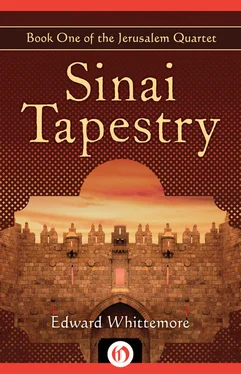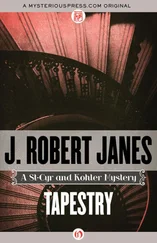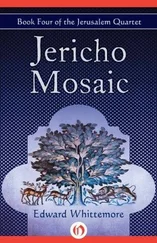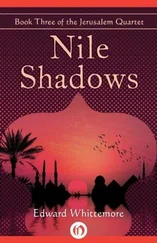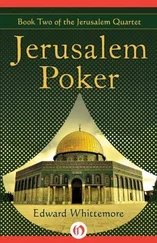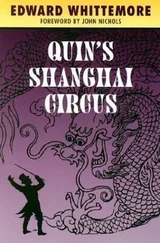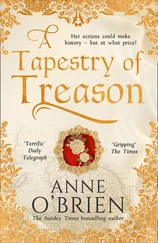Did I? No I didn’t. Tell me about it.
Well I knew it had to exist because of certain events in the lives of Moses and Nebuchadnezzar and Christ and Mohammed. I knew there had to be an explanation for all those odd things happening in the sky so I went to my copy of the Thousand and One Nights and was able to date it from some of the episodes.
Good, very sound. What’s the cycle of your comet then?
Six hundred and sixteen years. It’s been over five times since I’ve been in Jerusalem although the first four times I didn’t know it, and I still don’t know what happened in 1228 that was so important. Do you?
No, but I haven’t studied the records for that year closely.
Nor have I as far as I know. Anyway the last time I saw it was in the desert on my annual haj. I met a dervish in a place where no man should have been and the strange light thrown by the comet’s tail made him look seven and a half feet tall. It plays tricks, that comet.
Comet tricks, muttered Joe, as he continued noisily sounding the safe. Now he was sure of it. The echoes rose from deep in the ground.
He left the safe and went over to examine the giant stone scarab in another corner of the back room. Why was it smiling in such a cunning way? He thumped its broad nose. He rapped his way down its back.
Yes he was sure of that too. The massive stone beetle was hollow. He sat down with the flat nose between his legs and began beating the nose with his fists, rapping out a rhythm. Haj Harun had stopped in front of a bare wall to adjust his helmet in a nonexistent mirror. The noise startled him and he peered toward the alley.
What’s that out there?
Not out there, in here. I’m riding the scarab. It’s hollow isn’t it?
Oh just the scarab. Yes it is.
There’s a secret latch hidden somewhere?
In the nostrils. A combination of latches, very clever. Built for smuggling.
What?
Mummies and bones. The Romans had strict sanitation codes and wouldn’t allow dead bodies to be transported from one province to another. But the Egyptian traders here would pay well to have their mummies smuggled home when they died and the Jewish traders in Alexandria would also pay well to have their bones brought back here. An Armenian made quite a bit of money out of that trade. I must have bought it from him when he retired.
Ever use it yourself?
Not for smuggling but for something else. What was it?
Haj Harun backed away from the empty wall and gazed at the crumbling plaster.
I seem to remember taking naps in it. Is that possible? Why would I have done that? Age. My memory’s going, all the years slide together. Now when were those naps, under the Mamelukes? I had the falling sickness then, at least I think it was then, and that might have been a reason for crawling inside the scarab and curling up there. But no, it must have been earlier. I also seem to recall bumping my head so that I was paralyzed from the neck up for a while. When? Under the Crusaders?
His voice was doubtful, then suddenly he smiled.
Yes that’s it exactly. Those knights were always clanking around in their armor so I used the scarab for my siestas. It was the only quiet place I could find.
Still as still as stone, said Joe, who climbed off the scarab and went over to examine the mysterious safe once more.
Noisy days, said Haj Harun, his memory suddenly jarred into place by the prospect of a pageant of Crusaders banging their swords on the cobblestones.
Noisy but not the worst. When the Assyrians took the city they put rings through the lips of the survivors and led them away as slaves, everyone except our leaders, who were blinded and left behind in the deserted ruins to starve.
The Romans thought the people in the city were swallowing jewels, so they cut open stomachs and slit intestines but all they found was worn leather. The famine was so bad during the siege we had been eating our sandals.
The Crusaders killed about a hundred thousand and the Romans almost five hundred thousand. The Babylonians murdered less than the Assyrians but blinded more. The Ptolemies and the Seleucids also murdered on a smaller scale, as did the Byzantines and Mamelukes and Turks, generally speaking just the religious leaders and anyone who was educated. Naturally the people were made to change the churches into mosques and destroy the synagogues, or change the mosques into churches and destroy the synagogues, depending on the new conqueror. What came after that? Where was I? Oh yes, my last wife came after that.
Joe drummed loudly on the safe. The swelling echoes shook the walls of the empty shop.
She was the one who took what I had left, my books. She was a failure in life you see, and being an Arab the only explanation was that someone had betrayed her. There had to be a traitor in the house and who else was in the house but me?
Haj Harun sighed and straightened his helmet, which fell forward with a new rain of rust. The tears began running again.
But you have to remember I still wore socks in those days and the socks were always wet because my feet were always wet, and wet feet aren’t pleasant in bed. She put up with it for a time and I don’t deny it.
Where does it lead? asked Joe quietly.
Always having wet feet?
No, the shaft below the safe. It is a bottomless safe, isn’t it?
Well not really. Deep but not bottomless.
How deep?
Right here about fifty feet.
And there’s a ladder?
Yes.
To where?
A tunnel that leads to the caverns.
How deep are the caverns?
Hundreds of feet? Thousands of feet?
Joe whistled softly. He sat down beside the safe and pressed his ear to the iron door. Far away a wind hummed. Haj Harun was retying the green ribbons under his chin.
What’s down there?
Jerusalem. The Old City I mean.
Joe looked out at the alley. A lean cat was sneaking in front of the shop with some kind of wire clamped between its teeth.
Isn’t that Jerusalem out there? The Old City I mean?
One of them.
And down below?
The other Old Cities.
O’Sullivan Beare whistled very softly.
How’s that now?
Well Jerusalem has been continually destroyed, hasn’t it. I mean it’s been more or less destroyed several hundred times and utterly destroyed at least a few dozen times, say a dozen times that we know of since Nebuchadnezzar and before that another dozen times that we don’t know of. And being on top of a mountain no one ever bothered to dig away the ruins when it was rebuilt, so the mountain has grown. Do you see?
So I do. And down there where your ladder goes?
What’s always been there. A dozen Old Cities. Two dozen Old Cities.
With some of their treasures and monuments still?
Some. Things that are buried tend to be overlooked, and then in time they’re forgotten altogether. Look here, in my lifetime I’ve seen a great many things forgotten, the dents in my helmet for example. Does anyone remember how I got those dents?
The wizened Arab paced aimlessly around the room.
Jaysus, thought Joe. Haj Harun’s ladder. We are descending.
Being a native of the city, which had always been thronged with conquerors or pilgrims, Haj Harun had quite naturally spent most of his life in the service trades. During the Hebrew era he had begun his career by raising calves and later lambs. Under the Assyrians he was a stonecarver specializing in winged lions. He was a landscape gardener under the Babylonians and a tentmaker under the Persians.
When the Greeks were in power he ran an all-night grocery store and when the Maccabees were in power he poured candles. During the Roman occupation he was a waiter.
For the Byzantines he painted ikons, for the Arabs he sewed cushions, for the Egyptians he cut stones again but this time with emphasis on square blocks. He was a masseur for rheumatic ailments during the Crusader occupations, shoed horses for the Mamelukes and distributed hashish and goats for the Ottoman Turks. In the beginning he had also spent intervals as a sorcerer and prophet and in the less demanding field of general medicine.
Читать дальше
